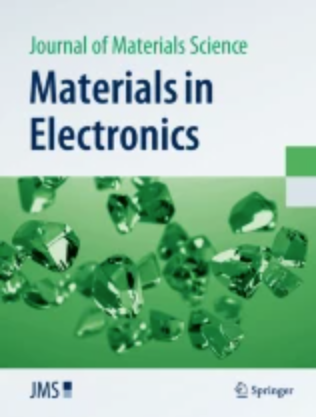Synthesis of activated carbon using lemon peels: its photocatalytic and electrode material for high capacitance supercapacitor applications
Abstract
The peels of lemon fruits were employed in the current work to produce activated carbon (AC-LP) using the high-temperature carbonization method. The fundamental properties of the AC-LP have been investigated using a number of representational techniques. The generated AC-LP powder was discovered to have a layered and porous form as revealed by scanning electron microscopic (SEM) images. The energy gap (Eg) of the activated carbon was found to be 2.23 eV. According to photocatalytic experiments conducted on fast blue (FB) dye, the AC-LP powder exhibits a 76.2% colour loss rate following 120 min of exposure to UV radiation. The AC-LP powder's electrochemical components were placed atop a nickel mesh that collected current. Nickel mesh electrodes were investigated using impedance spectroscopy and cyclic voltammetry. The AC-LP and AC-LP–rGO electrode's hydrogen diffusion coefficient was determined to be 9.867 × 10−6 and 3.234 × 10−4 cm2 s−1. The designed AC-LP–rGO electrode exhibited an exceptionally high capacitance potential as compared to the AC-LP electrode, as demonstrated by galvanostatic charge–discharge experimental results. A precise capacitance value of 201.5 F g−1 and 274.27 F g−1 were found for the AC-LP and AC-LP–rGO electrodes. One way to assess these effects is to examine how well different energy storage systems work with readily available carbon supplies. Possible future uses for these innovative findings include the creation of targeted resources for energy storage and environmental protection.

 求助内容:
求助内容: 应助结果提醒方式:
应助结果提醒方式:


